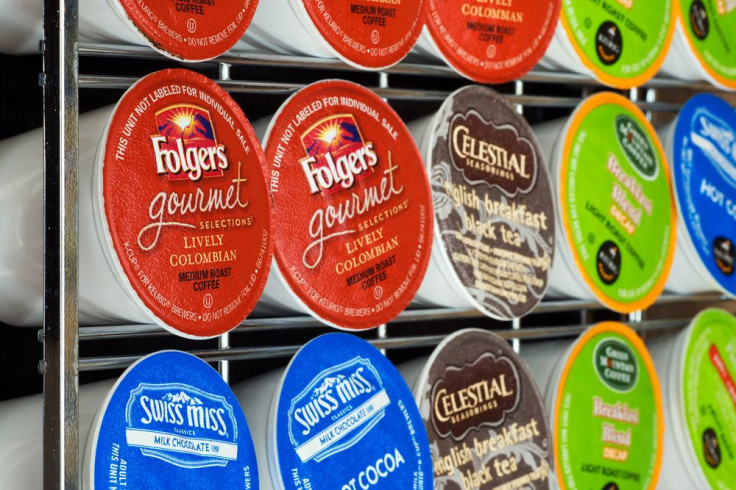A New Dawn: Americans Are Drinking Less Coffee While Paying More Thanks To Keurig Coffee Pods

For the first time since 2010, coffee consumption has declined in the United States. In 2014, Americans went from consuming 24 million 60-kilogram bags to 23.7 million thanks to the rise of single-serve coffee machines, according to a survey by the U.S. Department of Agriculture (USDA).
The decline may not seem like much, but it makes America the only top coffee-drinking country to see demand fall after steady growth. Keurig’s K-Cups have a reputation for being wasteful, but the truth is that they may also be helping to reduce waste — fewer Americans are pouring their extra drip coffee down the drain.
“People used to make a pot of coffee, now they make a cup,” Pedro Gavina, owner of California-based roaster Gavina & Sons, told Reuters. “Right there we’re losing the sink as a consumer.”
Single-serve machines like the Keurig have reached higher levels of popularity as people seek to waste less food and drink. A survey by the National Coffee Association (NCA) showed that more than a quarter of American households contained single-serve brewers in 2015, up from 15 percent in 2014. Environmental concerns and a new consciousness surround the notion of waste has led to this dramatic increase.
This hasn't changed how much money Americans are spending on coffee. In fact, despite declining consumption, Americans spent $11.9 billion on coffee in 2014, and are expected to spend around $13.6 billion in 2016, according to Reuters. Roasters tend to charge a lot for single-serve coffee.
The NCA says that Americans drink an average of 1.85 cups of coffee every day, and that declining consumption may correlate with the nation's aging population. Caffeine is both a drug and a food additive, according to the Food and Drug Administration. It's can also be prescribed and old over-the-counter as medicine. In elderly people though, it could pose health risks due to the fact it can increase anxiety and panic attacks, which can subsequently increase heart rate. Caffeine overdoses can kill. Yet, 80 percent of Americans consume caffeine on a daily basis, with the average level of consumption around 200 milligrams per day — the same amount as four sodas or two 5-ounce cups of coffee.
Since single-serve coffee pods are here to stay, it is likely that coffee consumption will continue to drop, which is good news for public health.



























